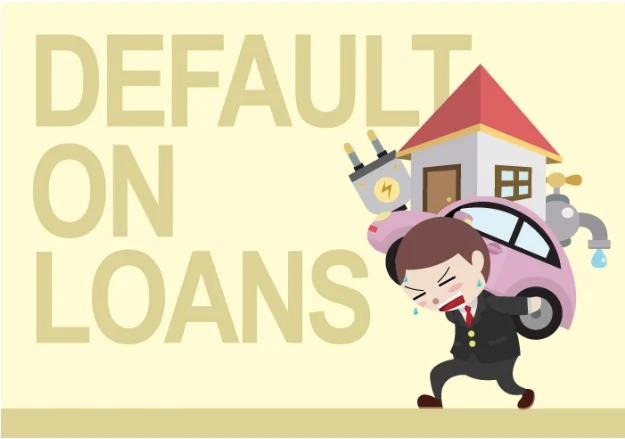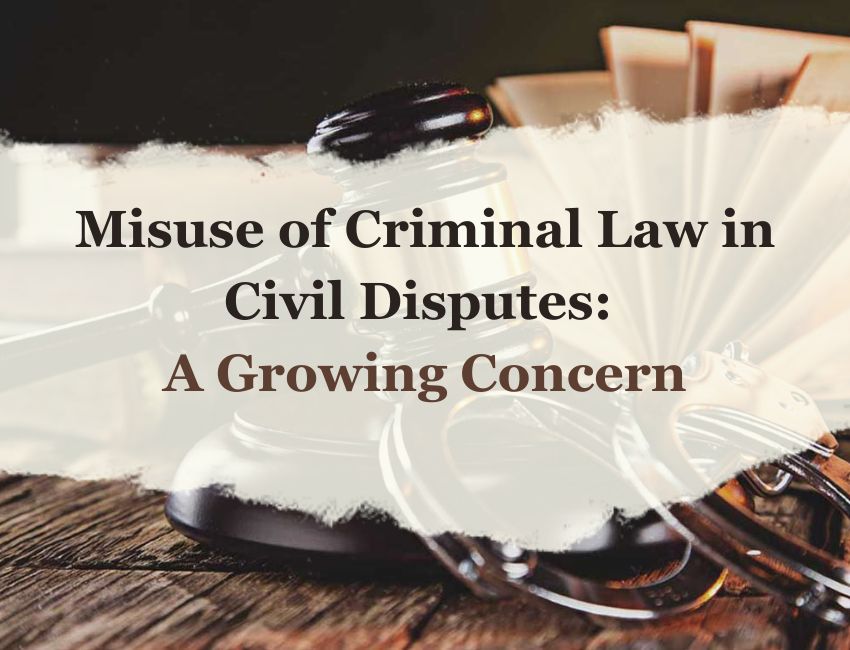Lokur, J.@mdashThe facts of this case are not in dispute. The plaintiff is the Governor General of India in Council representing the G.I.P. Railway Company, and the defendant is the Municipal Borough of Sholapur. The railway company owns two buildings known as "Porters'' Gate Quarters" bearing Municipal Nos. 60/53 and 60/54 within the limits of the Sholapur Municipal Borough. But when the Municipality prepared the assessment list u/s 78 of the Bombay Municipal Boroughs Act, 1925, for the year commencing from April 1, 1937, it omitted to levy a tax on the said two buildings through mistake. The mistake was discovered in May, 1939, and after giving a proper notice to the railway company the assessment list was corrected u/s 82 of the Act and a bill was sent to the railway company for the recovery of the arrears of tax for the two previous years, 1937-38 and 1938-39, at the rate of Rs. 12 per year. The railway company object to pay the arrears, but paid Rs. 24 under protest and filed this suit for a refund of that amount together with Rs. 2 for notice charges and interest at 6 per cent. per annum from the date of suit. The defendant Municipality contended that the railway company had raised no objection to the amendment of the assessment list u/s 82, Sub-section (1), that the levy of the tax on the two railway buildings was legal, that the omission to levy the tax for the two previous years was due to oversight and that the railway company was liable to pay the arrears which were lawfully due to the Municipality. Both the Courts below held that the Municipality had no power to recover arrears of tax for the years prior to the year in which the assessment list was corrected so as to include the tax on the railway company''s buildings. The plaintiff''s claim was, therefore, decreed with costs.
2. These facts being admitted, it is urged on behalf of the Municipality in this second appeal that the omission to include the buildings in question in the assessment list does not exempt the railway company from the liability to pay the tax, and the arrears of tax lawfully due having been recovered already, the Municipality is not liable to refund the amount to the railway company. The question, therefore, is whether the owner or occupier of a house is liable to pay the tax for the years in which it was not included in the assessment list.
3. Chapter VII of the Bombay Municipal Boroughs Act, 1925, deals with "Municipal Taxation" and is divided into several parts. The first part deals with "Imposition of taxes" and the second part deals with "Assessment of and liability to rates on buildings or lands." The recovery of municipal claims is dealt with in Chapter VIII. Thus a clear distinction is made between the imposition of taxes and the liability to rates on buildings or lands. Sections 73 to 77A of the Act provide for empowering a Municipality to impose specific taxes. In exercise of that general power the Municipality has got to declare its intention to levy particular taxes. When that is sanctioned after the preliminary requirements are observed, Section 78 requires the Chief Officer to cause an assessment list of lands and buildings in the Municipal Borough to be prepared with the details set out in Sub-section (1). The preparation of such an. assessment list is incumbent on the Chief Officer, and after objections are heard, the list is to be finally settled and authenticated as required by Section 81, Sub-section (4), The assessment list thus prepared will continue for four years and Section 84 says that it is not necessary to prepare a new assessment list every year and that subject to the condition that every part of the assessment list should be completely revised not less than once in every four years, the Chief Officer may adopt the valuation and assessment contained in the list for any year, with such alteration as may be deemed necessary, for the year immediately following. But if in the interval any building is newly constructed, altered, added to or reconstructed in whole or in part or where there has been any omission in the assessment list, it can be corrected by the Standing Committee u/s 82, Sub-section (1), after hearing any objection to the proposed correction. Sub-section (3) of Section 82 provides:
An entry or alteration made under this section shall...have the same effect if it had been made in the case of a building constructed, altered, added to or reconstructed on the day on which such construction, alteration, addition or reconstruction was completed or on the day on which the new construction, alteration, addition or reconstruction was first occupied, whichever first occurs, or in other cases, on the earliest day in the current official year on which the circumstances justifying the entry or alteration existed; and the tax or the enchanced tax as the case may be shall be levied in such year in the proportion which the remainder of the year after such day bears to the whole year.
In the case of a mistaken omission in the assessment list the correction obviously becomes effective "on the earliest day in the current official year on which the circumstances justifying the entry existed." This clearly shows that the corrected assessment list is to be deemed to have come into force from the first day of the current official year if the building to be taxed was in existence before the beginning of that year. "Official Year", according to the definition in Section 3, Sub-section (13), means the year commencing on the first day of April, so that when the assessment list prepared for the year beginning with April 1, 1937, was corrected after May, 1939, the corrected list must be deemed to have come into force from the first day of April, 1989.
4. Mr. Desai for the Municipality argues that the preparation of the assessment list is only a step towards the recovery of the arrears of tax, which was already imposed, as soon as the sanction of Government was obtained u/s 76 to the rules for the imposition of the house-tax. But, as I have already pointed out, the sanction to impose a tax is to be distinguished from the liability to pay the tax which is dealt with in the second part of Chapter VII of the Act. In the words of Holloway J. in Leman v. Damodaraya I.L.R(1876) Mad. 158 "there is no general section rendering liable to taxation all persons within certain categories after a particular date. If there were, a debt would be created which a person within the category would be bound to pay, and the sections which prescribe the mode in which the debt is to be levied might be held to be a mere machinery for its collection." But it clearly appears from Section 78 that the preparation of the assessment list is essential to the arising of the debt, and it is only those properties which are included in that list that are liable to pay the tax as set out therein. It is true that, as observed in The Vice-President of the Municipal Commission, Cuddalore v. J.H. Nelson I.L.R.(1881) Mad. 129 in construing enactments creating fiscal obligations, provisions declaring the liability to the tax are to be distinguished from those providing for its imposition. The machinery for the imposition of the tax may be independent of the obligation of the tax-payer. But the heading of the second part of Chapter VII read with Section 78 makes it clear that the preparation of the assessment list is not a mere machinery but the list is a document which creates the liability of the tax-payer to pay the tax, and the machinery for the recovery is provided for in Chapter VIII. It is true that on this interpretation the Municipality would be deprived of the tax which was legally leviable, but was omitted through oversight when the assessment list was prepared. But Section 82 does provide for the correction of the list in the same year. If, however, such correction is not made before the end of the year, then it must be presumed that the liability did not accrue and cannot be revived by the correction of the list in the following year. Otherwise, the use of the expression "current official year" in Section 82, Sub-section (3), would be meaningless,
5. I, therefore, agree with the finding of the Courts below that by correcting the assessment list in the official year 1939-40 the Municipality could not recover the arrears for the years 1937-38 and 1938-39 according to the corrected list. The appeal is dismissed with costs.

